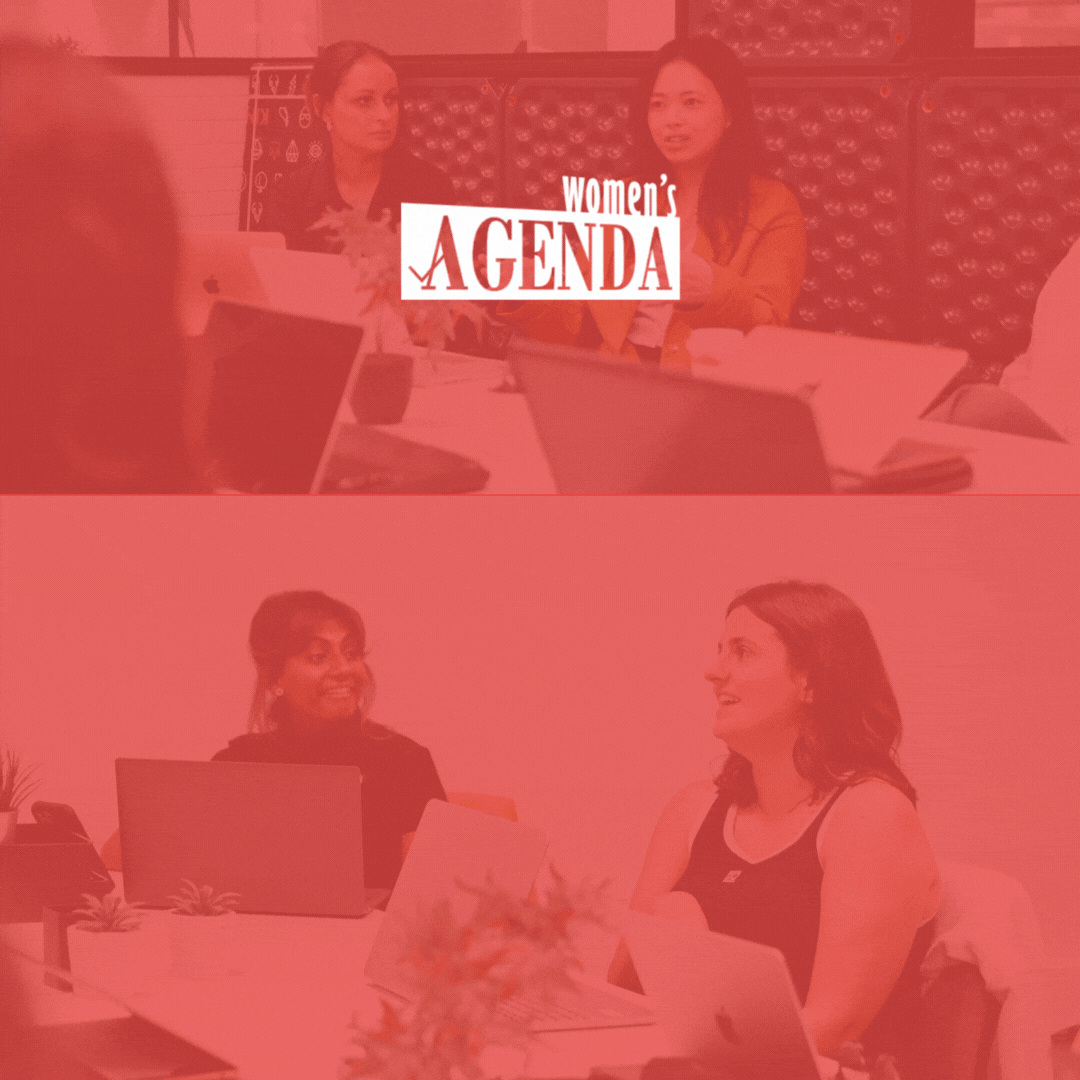Everyone is a decision maker. From choosing your shoes in the morning to making significant business decisions, each of us, every day, sets direction by the choices we make.
Yet we often aren’t as in control as we think we are.
There is growing awareness of the role biases play in how decisions are made. Biases are the preferences we carry to people, approaches and outcomes. Often bias is unconscious: we assume the person coming to fix the drain will be male, we instinctively turn right as we enter a museum exhibition, and we employ people who remind us of ourselves.
Biases can appear invisible in any one situation, but emerge as distinct patterns of behaviour when viewed en masse.
What biases impact decision making?
While there are a plethora of biases, the most influential for decision makers are confirmation, confidence and present bias.
Confirmation Bias
We put more weight on information that supports our existing views than information that doesn’t. This may discount or ignore evidence about risks to our approach. Amazingly, research suggests we hold even tighter to these views when confronted with opposing facts. Does hearing that “snakes are more scared of us” make you less scared or just remind you that they are dangerous and to be avoided?
Confidence Bias
We misjudge our chances of success. Just as individuals overlook the dire odds of winning the lotto when buying a weekly ticket, executives underestimate risk by overvaluing their abilities and those of their organisations. Alongside this is a bias towards the confidence of others, which we interpret as a sign of credibility, despite evidence that shows ignorance is associated with exaggerated confidence. In reality, expertise often comes with a greater understanding of unknowns. Indeed, it was Albert Einstein who said, “The more I learn, the more I realise how much I don’t know.”
Present Bias
We are swayed by the short-term, seeing the consequences of tomorrow as more significant than those in a month or a year. As a result, too much weight is given to decisions with a deadline, visible short-term impacts, or an impending media interview.
Five easy ways to reduce the impact of bias indecision making
1. Commit to knowing and overcoming bias
Simply recognising that bias exists opens up the potential to challenge it. In particular, accepting it is human nature, within you as much as with those around you, is a key understanding.
2. Build bias tripwires
Safeguards such as agendas, ‘sense-checks’, risk assessments, selection criteria and metrics can be built in to processes to identify bias. Checklists are particularly effective in ensuring rigor without responsibility sitting on any one individual.
Another strategy is to include a range of views, especially outside or disagreeing voices, to counter confirmation bias. One trick which improves balance in meetings is to introduce each person by the value they bring. For example, ‘this is Sandra, she brings an understanding of social marketing and six years in our organisation’.
3. Expand your options
Look again at the range of possibilities. Simplifying choices makes for fast decisions in the short-term yet can block innovation in the long-term. At the minimum, think, ‘If option A was not there, what would we do?’ Rigorously assessing the other options can open up better ways or confirm that option A is still the best way to go.
4. Imagine failure
On the cusp of a big decision, take yourself (and other deciders) forward six months with the question ‘this did not work, why?’ Imagining failure taps into the knowledge you already have, at a time when you can do something about its causes. For example, if you predict the product didn’t sell because it wasn’t sufficiently differentiated in the market, you might choose to redesign it. If you see the merger didn’t deliver the synergy benefits because values never aligned, you might make change management your first priority.
A great sense check is to find a person you expect to disagree with your decision and question their rationale.
5. Review
Quick to jump to the next decision, we often miss the learnings in the one we just made. Yet the current mantra to ‘fail small and fail fast’ is a great example of getting to success through the experience of small failures. A simple tactic for embedding reflection is to tie it to the next decision. Ask yourself, what does the last decision tell us about the options we face now? Did we let biases have too much unchecked influence?
Rather than pinning a poor decision on an individual or letting it slip under the carpet, recognising the role of biases opens up a sophisticated reality, which if embraced, increases the chance of the right decision being made every time.

